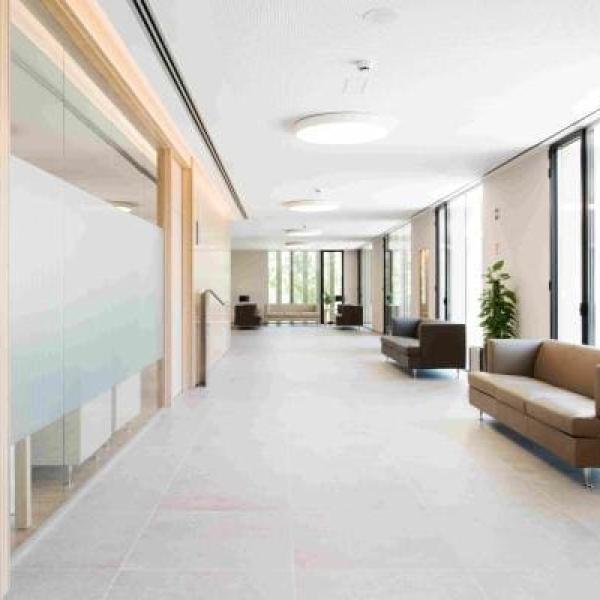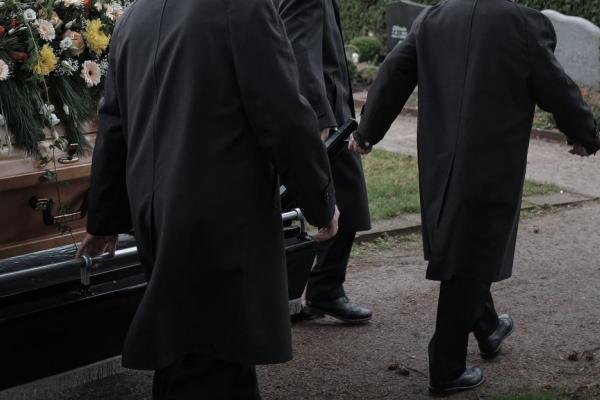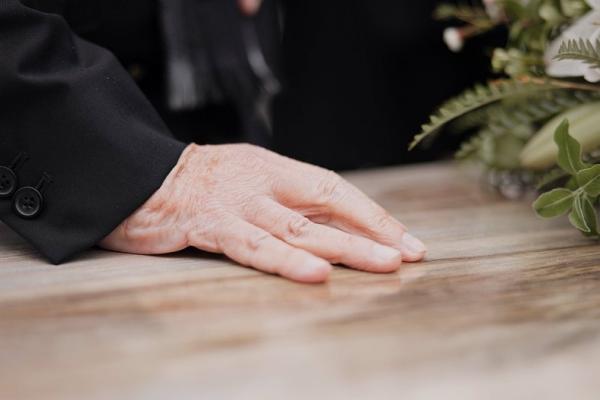
Cremation or burial: how to choose the right funeral service
When it comes to making a decision about cremation or burial, it is important to know what each process involves and what the advantages of each option are. The cost of these funeral services also has an important influence on the final decision made by the family. Here at Áltima we offer you all the guidance you need when it comes to making the best decision.
What does the cremation process consist of?
In order to decide between a cremation or a burial, it's a good idea to begin by finding out what the process is like for both options. For cremation, the steps involved are as follows:
-
Signing of the authorisation for a funeral company to carry out the cremation.
-
Preparing the deceased. If necessary, devices such as pacemakers or bypass valves are removed.
-
Preparing the coffin, removing decoration and metal or plastic ornaments (the use of a coffin is compulsory for cremation).
-
A piece of indestructible material with a numerical code is placed inside the coffin to ensure identification (this piece will later be given to the family).
-
Cremation is carried out in an authorised crematorium (this process takes about 2-3 hours).
-
Cooling of the ashes and separation of the human remains from other remains. The remains are powdered down and handed over to the family.
-
Delivery of the ashes to the family in a suitably sealed and identified urn.
Before all this, it is necessary to get the medical certificate of death and to choose a coffin and urn, as well as other associated funeral services.
Main advantages of a cremation
The cremation process has a number of benefits:
-
It is more hygienic from a public health point of view.
-
It saves space in cemeteries.
-
It provides more options for the final destination of a loved one.
-
There are environmentally friendly alternatives (such as biodegradable urns).
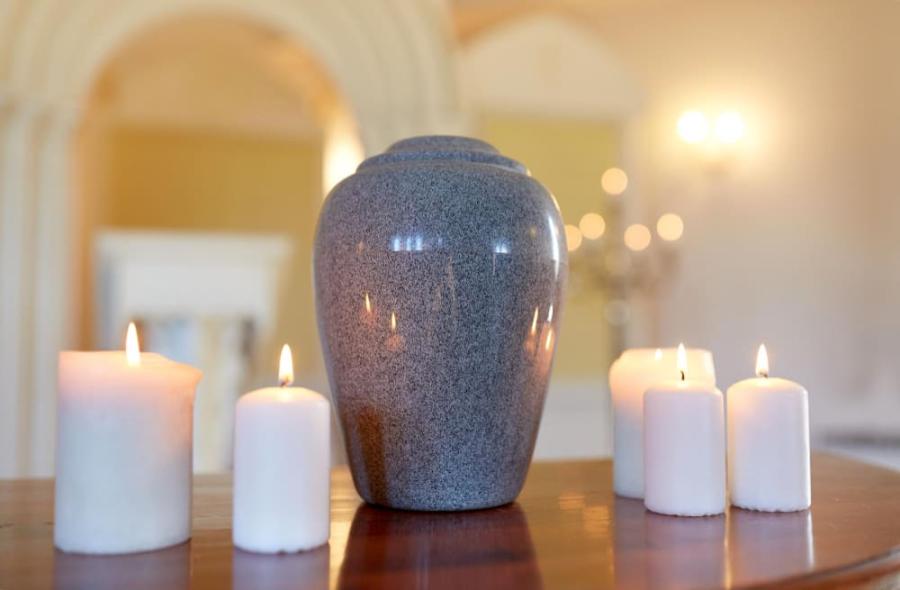
What is the burial process?
Before making any decisions, it is also important to know about the burial process, which is the more traditional option. The steps are as follows:
-
Contact the funeral company chosen so that they can make the necessary arrangements (or the funeral company agreed in the insurance policy, in which case the insurance company must also be contacted).
-
Obtain the death certificate signed by a doctor and register the death at the Civil Registry within 24 hours of death.
-
Obtain the licence for the burial in the cemetery. This can be requested when at least 24 hours have elapsed since the death of the deceased.
-
Transfer of the deceased for preparation. In the event of a wake, the deceased is transferred to the funeral home.
-
Farewell ceremony, if this option is taken, it may be religious or not, depending on the preferences of the family.
-
Transfer to the cemetery where the burial will take place.
This whole process involves similar formalities to those for cremation, such as the choice of coffin or the type of interment in the cemetery.
Main advantages of a burial
Some of the advantages of a burial are as follows:
-
It provides families with a place to visit and remember their loved one.
-
It is a traditional option that fits all types of beliefs and cultures.
-
There are many options for personalisation.
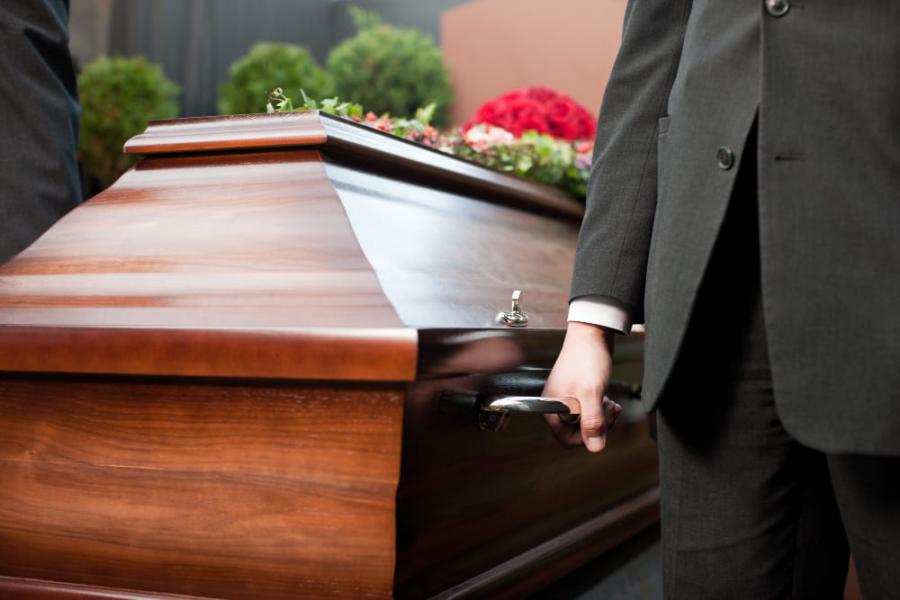
Which is the cheaper option: burial or cremation?
When it comes to cremation or burial, the prices in Spain do not differ much between the two options. But which is cheaper: burial or cremation?
This will depend on the funeral services associated with each option, as well as other factors (such as geographical location). Some people think that cremation is cheaper because a coffin costs less than an urn, but, in our country, the expense of a coffin cannot be avoided with cremation, even if a basic option is chosen, since it is compulsory to cremate using a coffin.
So which is more expensive: burial or cremation? Burial is in fact more expensive, but not because of the coffin, but because the burial plots to hold a coffin are larger and usually have a longer concession period than those to hold urns with ashes.
In any case, the difference would not be that much. What can really increase the cost are all the added funeral services: flowers, gravestone, obituaries, programme handouts, music for the funeral, catering, etc. This is why, in order to reduce the cost of a cremation or burial, choosing a funeral company that offers you as much personalisation as possible is a wise decision.
Advice on choosing between these funeral services
When choosing between a cremation or burial, it is important to consider the family budget, as well as the wishes of the deceased, if they were stated.
Family preferences may also vary in this regard, depending on different cultures, religious beliefs, family proximity to a cemetery, environmental awareness, etc.
As mentioned in the previous section, when choosing between a cremation or burial, it is best to rely on a funeral company such as Áltima, which offers personalised funeral services to suit the preferences, needs and budget of all families.
If finances are a concern, pre-planning is often the best solution to ease the financial burden on your family members after you are gone. It means you can pay for these services in instalments and choose the option you prefer during your lifetime.
